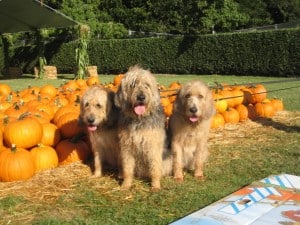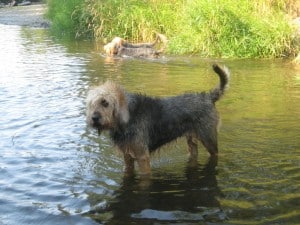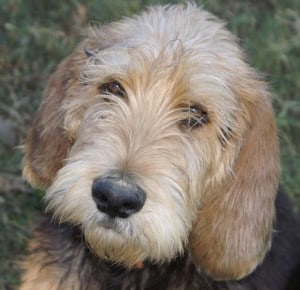
They do well with other animals, especially dogs, although they may chase smaller animals. Otterhounds are quite friendly towards children. Otterhounds are not good dogs for inexperienced owners. Otterhounds need lots of room to explore and exercise. Therefore, individuals who live in apartments or urban environments should not own Otterhounds.

The Otterhound was developed in the Dutch province of Friesland; primarily to hunt the otters that were depleting streams of fish needed by monasteries. The Otterhound most likely descended from the Bloodhound, various English hounds, and the French Griffon. The Otterhound has been in existence since the 1300s. Its Dutch name is “Wetterhound,” which means “Water Hound.”
The Otterhound hunted in packs. Most otter hunting was done by nobility, and many English kings and queens owned packs of Otterhounds. Otter hunting, while never extraordinarily popular, was common until World War II. It was most popular during the 19th century. In 1978, when the otter was placed on the endangered species list, many packs of Otterhounds died out.
Today, the breed is still quite rare, although two packs (the Kendal and the Dumfriesshire) remain on the British Isles.The Otterhound should be brushed daily to keep its coat from matting. Otterhounds require a great deal or exercise, including daily walks and opportunities to roam free in a secure area. They should also be given frequent opportunities to swim.Some common health problems associated with the Otterhound include hip and elbow dysplasia, canine thrombocytopathy, and bloat.

